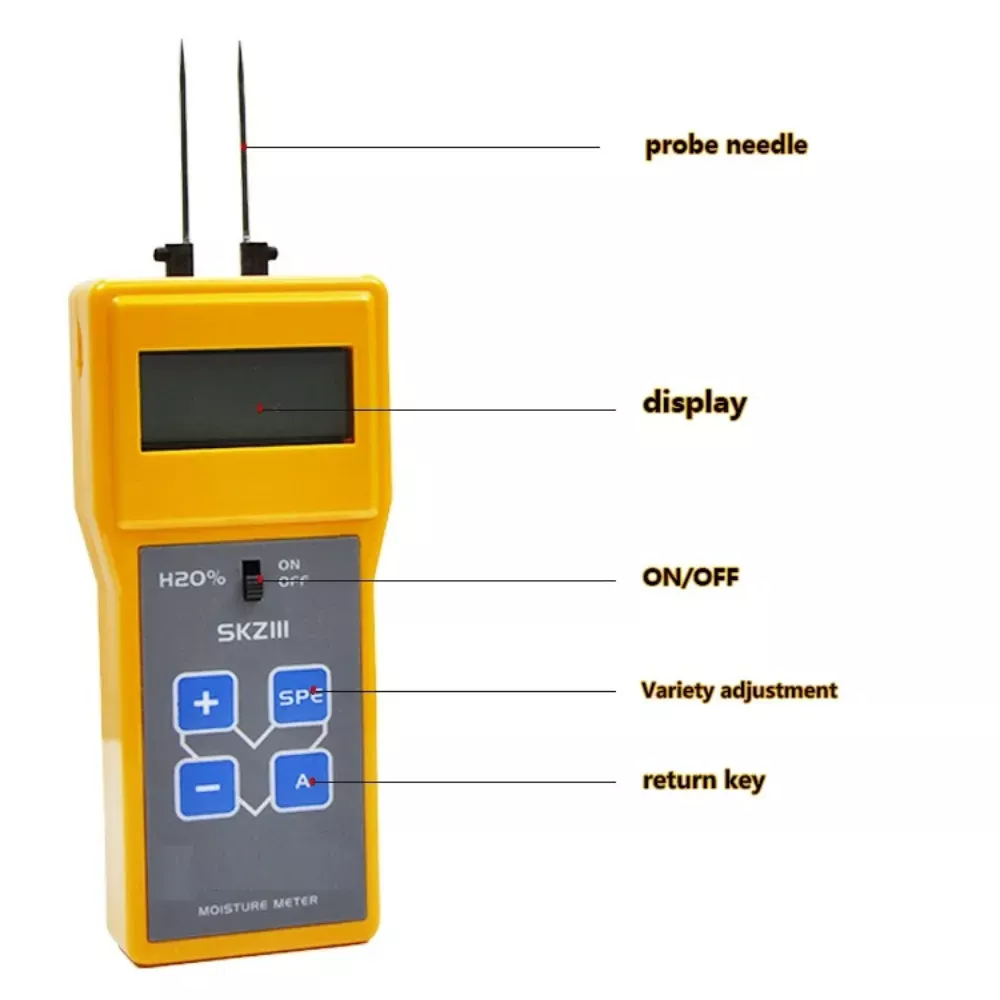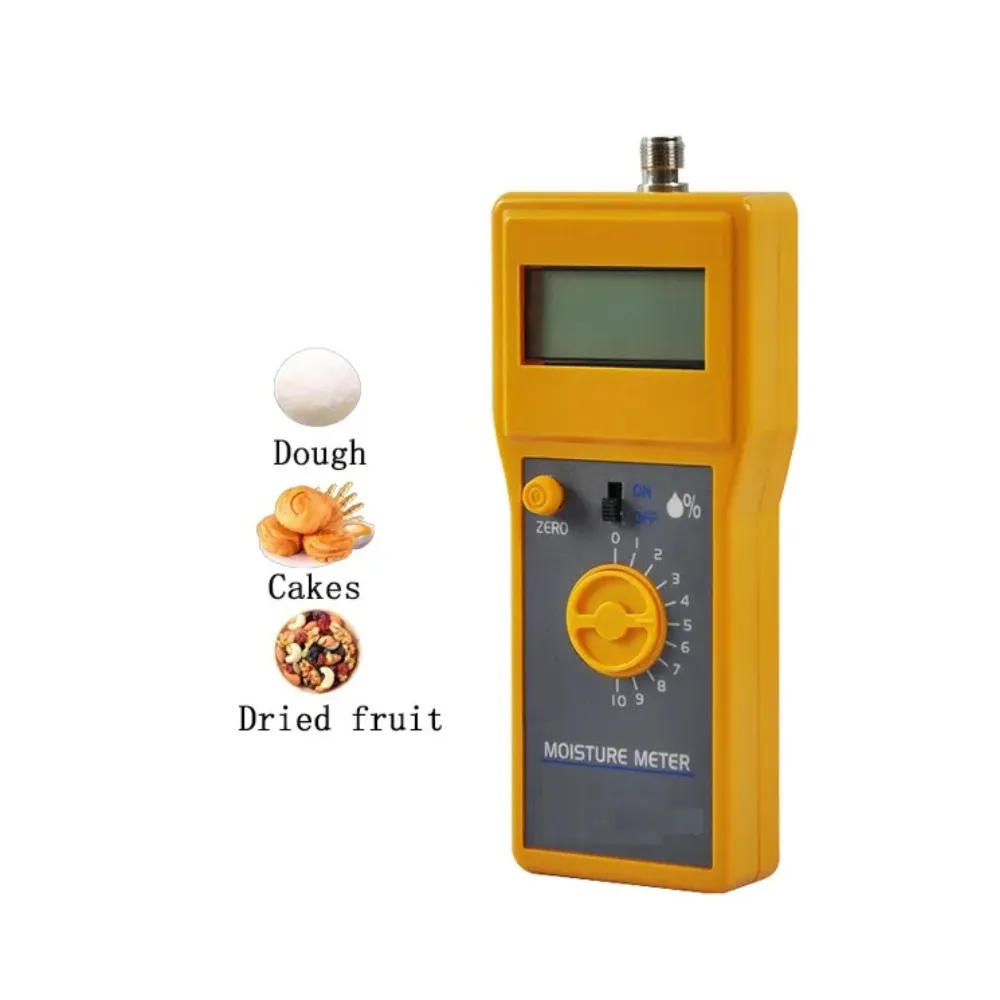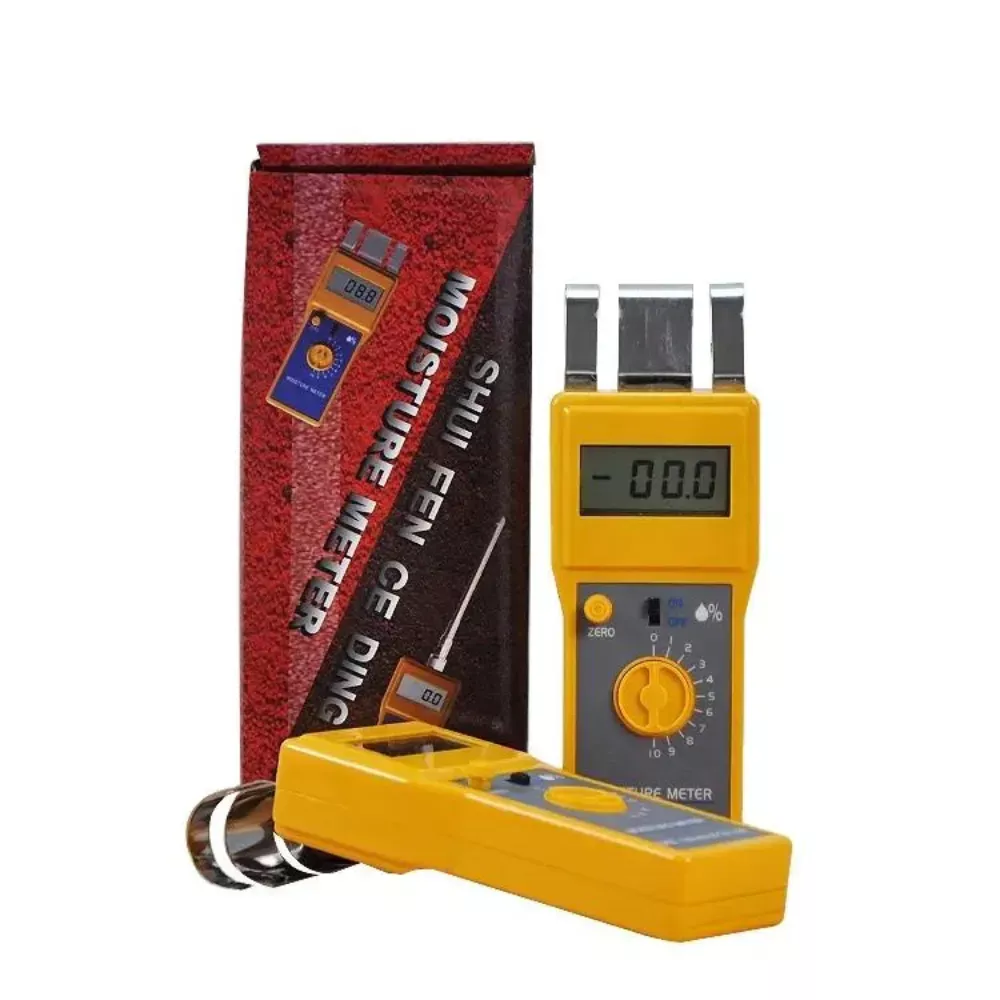
Explore Soil Moisture Meters
Table of Contents
Introduction to Soil Moisture Meters
Soil moisture meters are devices used to measure the moisture content in soil, an essential parameter for efficient water use in agriculture, landscaping, and environmental monitoring. These instruments provide critical data that help farmers, gardeners, researchers, and environmental scientists manage water resources more effectively, enhancing crop yield and conserving water.
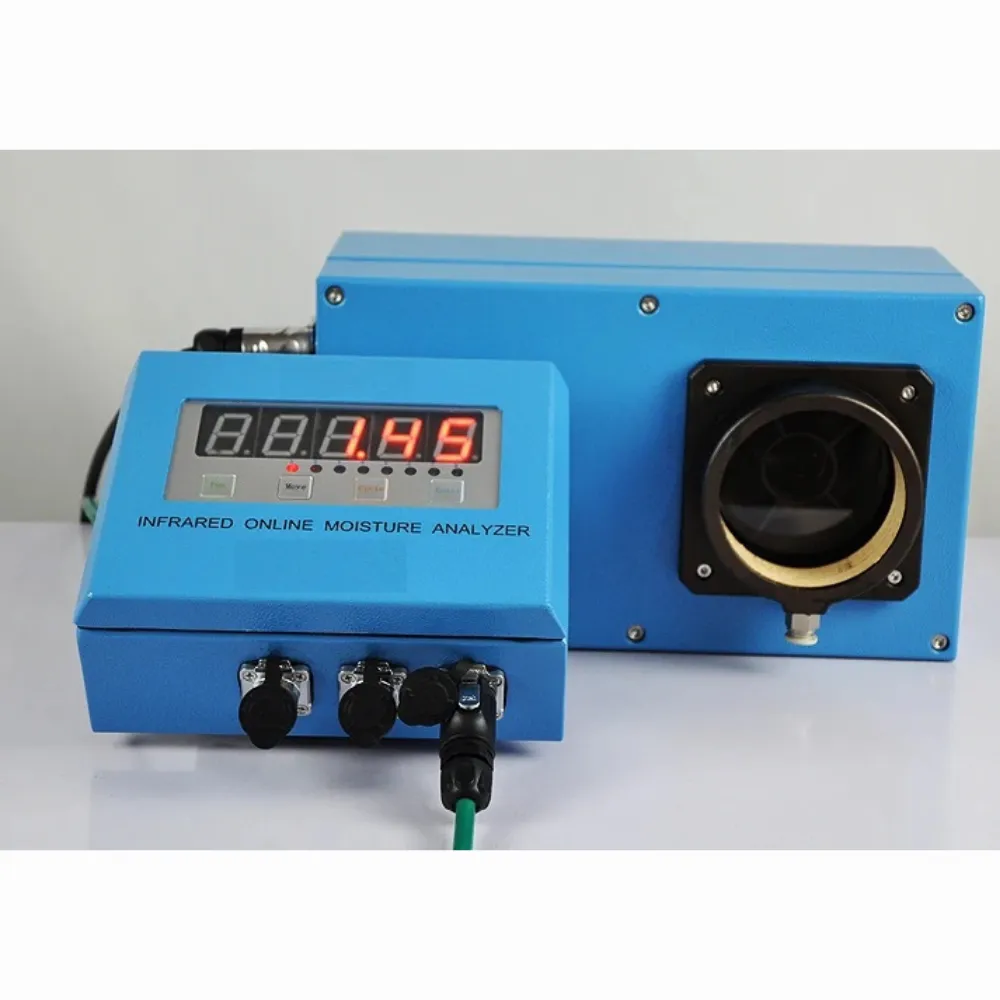
Historical Development and Technological Advancements
Historically, soil moisture measurement involved labor-intensive and time-consuming manual methods, but technological advancements in the mid-20th century introduced automated and more precise electronic devices. Notable innovations include tensiometers, resistance blocks, and more sophisticated tools like Time Domain Reflectometry (TDR) and Frequency Domain Reflectometry (FDR), which provide continuous and accurate soil moisture readings.
Modern Applications in Precision Farming
In contemporary agriculture, soil moisture meters are integral to precision farming, a practice that uses technology to optimize water use and improve crop management. Modern soil moisture sensors often integrate with the Internet of Things (IoT), enabling real-time data transmission to centralized hubs for remote monitoring and analysis.
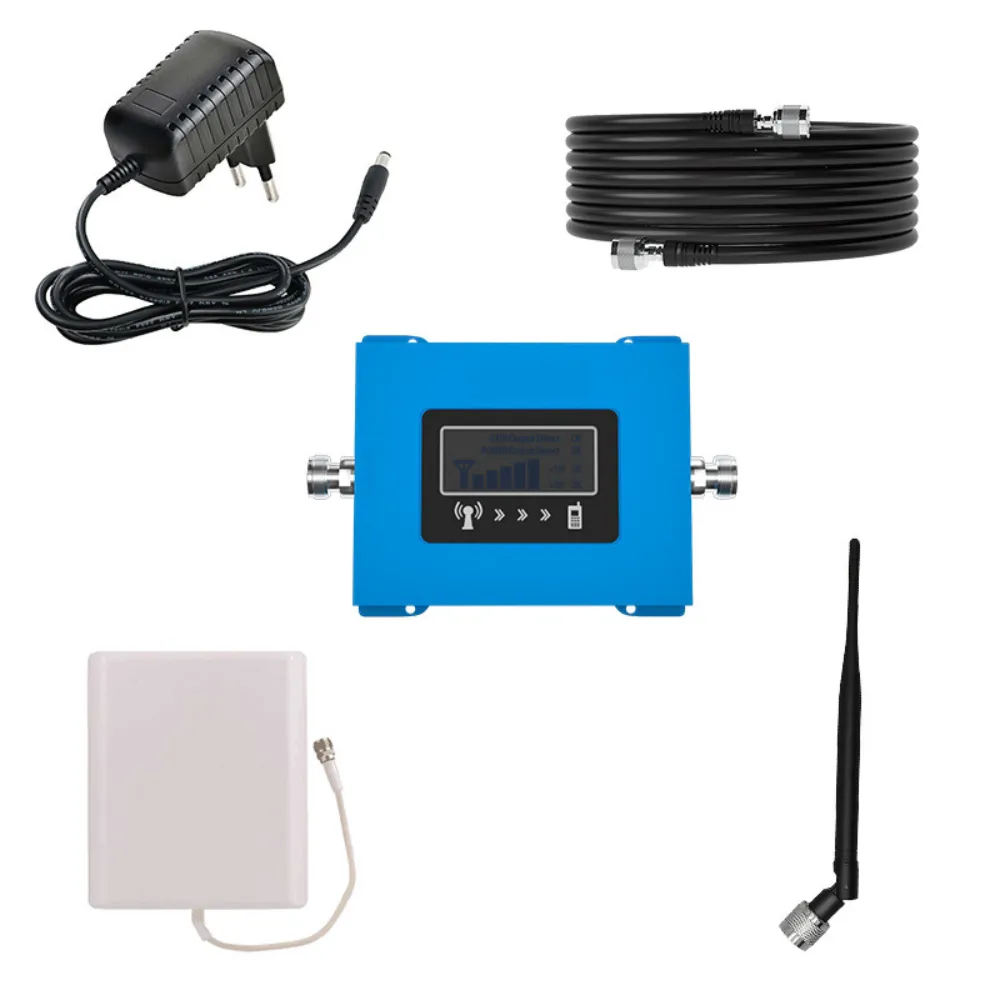
Benefits of Advanced Soil Moisture Meters
These advancements facilitate data-driven decision-making, reducing water wastage and preventing issues such as nutrient leaching and groundwater contamination. Companies like Sentek and Farm21 have been pivotal in advancing these technologies, making them more accessible and affordable to a global audience.
Types of Soil Moisture Meters
Soil moisture meters are available in various forms, primarily analog and digital. Analog meters are simple and cost-effective, operating without batteries and providing readings through a needle on a color-coded scale. However, they can be less accurate than digital meters, which offer precise numerical readings, additional features like soil temperature measurement, and sometimes remote connectivity.
Limitations and Maintenance
Despite their advantages, these devices have limitations, including variability in readings due to soil heterogeneity and sensor interference. Regular calibration and maintenance are essential to ensure accuracy, and factors like soil type and probe length must be considered for optimal performance.
Future Trends and Market Leaders
The industry continues to evolve with emerging technologies such as Wireless Sensor Networks (WSNs) and advanced IoT systems, which offer enhanced data integration and real-time monitoring capabilities. Market leaders like Arable, CropX, and Sensoterra are at the forefront, providing innovative solutions that cater to diverse agricultural needs.
Impact on Sustainable Agriculture
While the adoption of these advanced soil moisture meters can be challenging due to costs and complexity, their benefits in promoting sustainable agricultural practices and efficient water use are undeniable, marking a significant leap towards smarter farming and environmental stewardship.
Comments
Tags
Frequently Asked Question
Soil moisture meters are devices that measure the moisture content in soil. They are important for efficient water management in agriculture, landscaping, and environmental monitoring, helping to enhance crop yield and conserve water resources.
The main types are analog and digital soil moisture meters. Analog meters are simple and cost-effective, using a color-coded scale. Digital meters offer more precise readings and often include additional features like soil temperature measurement and remote connectivity.
Soil moisture meters are integral to precision farming by providing real-time data on soil moisture levels. This data enables farmers to make informed decisions about irrigation, optimize water use, and improve crop management, leading to increased efficiency and reduced environmental impact.
Limitations include variability in readings due to soil heterogeneity and sensor interference. Regular calibration and maintenance are necessary to ensure accuracy. Factors like soil type and probe length can also affect performance. Additionally, the cost and complexity of advanced systems can be challenging for some users.

